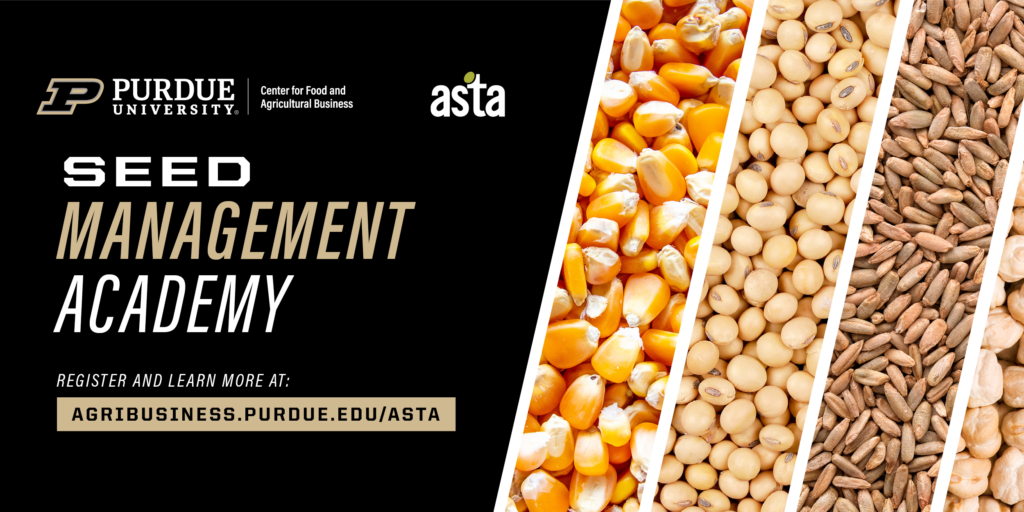Dr. Nicole Olynk Widmar, Associate Head and Professor, Purdue University, Department of Agricultural Economics
The House Advantage: Playing the Odds to Win Big in Business by Jeffrey Ma
We talk a lot about data-driven decision making on Consumer Corner, because there are many good reasons to use data to make business decisions. The problem is that when we become data-driven, we face a few unfortunate truths, which we explored in great detail in our letter Don’t Eat Random Mushrooms. Unfortunate truth #2 was that if we are going to make data-driven decisions, then we can no longer do whatever we want, what feels right or what our gut says to do. Instead, we may have to do things we might not necessarily want to do.
The House Advantage: Playing the Odds to Win Big in Business outlines a whole series of examples of unfortunate truth #2. There is a freely-available keynote clip from one of Ma’s talks, and the 10 minutes you spend watching it may very well be the most valuable 10 minutes you’ve spent thinking about data-driven decision making yet. If you’re not familiar, Jeff Ma was the real-life inspiration for the movie 21, gaining worldwide recognition in the MIT Blackjack Club. He used math to beat the house and says, “Every decision you make at that blackjack table is 100% objective; there is no subjectivity, the numbers are all played out. Blackjack was big data before there was even such a thing.” The House Advantage is required reading in my Farm Management class where I pose the question: how is making a decision in blackjack, a game in which we have probabilities of various outcomes but no certainty, any different than making a decision on the farm where we also have probabilities of various outcomes but no certainty?
We in agriculture are often guilty of saying ag is different because x, y, z. Indeed, we have great debates in my Farm Management class surrounding how agricultural production is unique in that it is based in a biological process, making it different than a production line in many ways. Production in crops and livestock are biologically governed processes; you cannot plant a corn crop in Iowa in January. Similarly, you cannot make more chicken wings without making more of all other parts of the chicken. Quite a bit of the pain felt in meat markets during the COVID-19 adjustments stemmed from the fact that certain cuts of the animal were in extremely high demand (those we were cooking at eating at home!) while other cuts had demand fall rapidly due to restaurant closures; yet, the biological process demands we make more of the whole animal. We cannot simply convert a hypothetical production line for hams into bacon — we can only make more pigs.
In the sense that agricultural production is biologically governed — and also at the mercy of natural occurrences for water (rain) and energy (weather/sun/temperatures) — it is indeed different than manufacturing processes for other goods. That said, the outcomes, albeit perhaps wider in range than in some other more tightly controllable processes, are entirely known and can be articulated. We know corn yield is necessarily bounded and will not be less than zero. Now, yield from this field may vary widely in terms of year-to-year performance, but certainly we could agree the yield is bounded between 0 bushels and 616 bushels per acre, which is the standing record high yield. If you are an optimist and expecting to surpass the standing record by a significant margin, then perhaps you would argue for a range of 0 to 800 bushels per acre. That’s fine, but what you cannot do is say that since there is too much uncertainty, we cannot do the math to make a data-driven decision in this case. Furthermore, while we may not know with precision the probabilities of various outcomes, we do know more than we tend to admit. Probabilistically, it is not as likely we achieve 800 bushels as it is that we achieve 267. With some historical outcome data from the field, we could make a fairly educated guess regarding what yield is more likely than what other and so on until we’ve assigned reasonable probabilities to our expected outcomes.
I would argue that agricultural production is indeed different from traditional manufacturing lines in a variety of ways. I’d also argue that just like blackjack is simply math (a set of known possible outcomes with a set of probabilities of each of those outcomes occurring), we can make data-driven decisions in agricultural production to a much greater degree than we do presently. If you spend too much time engrossed in The House Advantage and listening to talks by Jeff Ma, you will start to see that nearly every decision you make and everything that ‘happens’ to you is quantifiable. As we say in class, it really is all just math, and data-driven decision making is possible (and probably even preferred most of the time compared to using our gut or other intuition). It gets harder and harder over time to find situations that aren’t ‘just math’. For example, health decisions and the choice to take one treatment versus another can be approached in terms of the probability of recovery, and fertilizer application rates can be approached by looking at yield X if weather conditions materialize one way versus Y if weather is less optimal and so on.
The bottom line is that we talk a lot about data-driven decision making and then make excuses as to why our incredibly unique situation requires gut feel, human intuition, or other factors beyond the math. I am sure there are cases where this is true, but is it true because it’s impossible to quantify our process or outcomes? I simply don’t think data-driven decisions are impossible in very many decision scenarios. Or is it because rather than parameterize the problem entirely and use a data-driven process in which we have to be transparent about our assumptions about outcomes and probabilities associated, we’d rather shoot from the hip and claim some secret sauce to what we do? Or, more common perhaps, maybe it’s that the data-driven decision points to something we simply don’t prefer to do.
Taking inspiration from Jeff Ma’s book … imagine you are Ma, sitting at the blackjack table counting cards. You know from a data-driven mathematical perspective what you are supposed to do right here, right now, in front of everyone, but last time you did it, you had a poor outcome. You know that doesn’t matter because last time it was the right decision mathematically, but given the uncertainty, the correct decision does not yield the correct outcome 100% of the time. You know the correct decision using a data-driven process is still the correct decision regardless of how you feel about it. Do you do the right thing? Even though it is right, it is still really hard, hence why we need to revisit and continue to explore unfortunate truth #2.
:




